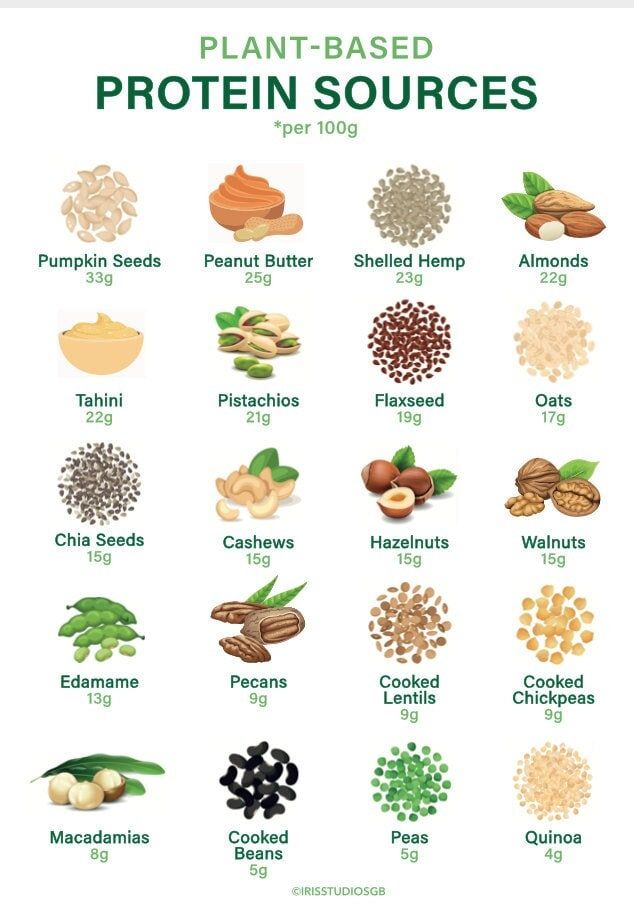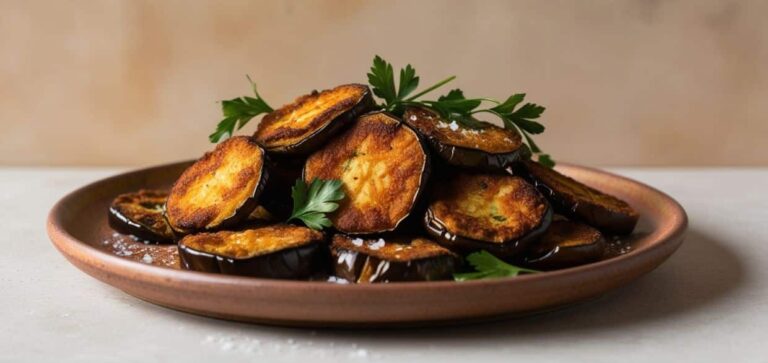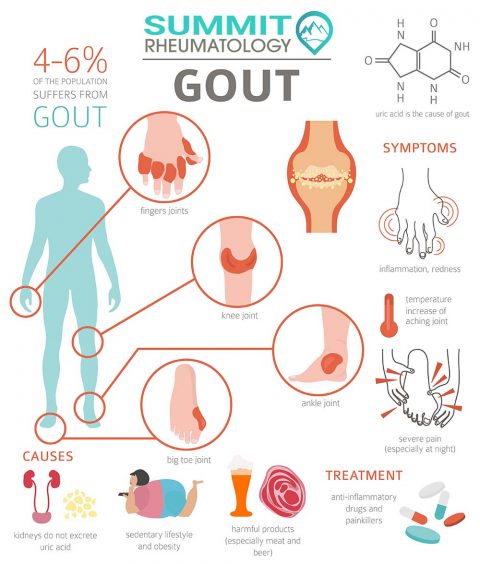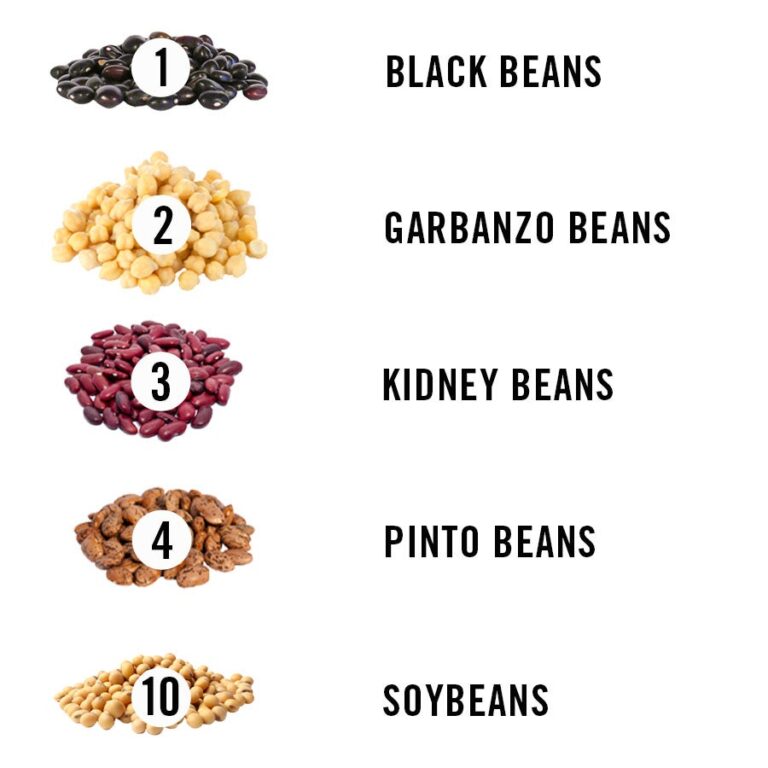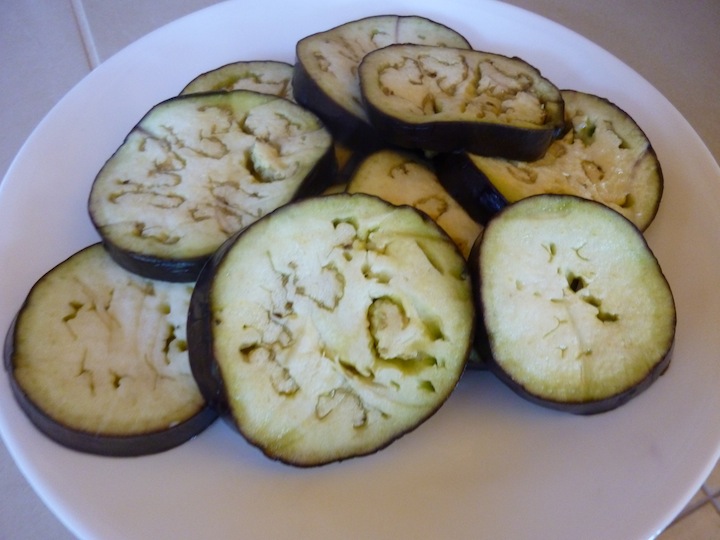The Ultimate Bean Battle: Comparing the Top Contenders for Plant-Based Protein
The arena is set. A hushed anticipation ripples through the crowd of health enthusiasts, eco-conscious eaters, and culinary adventurers. Tonight, we witness not a clash of titans, but a strategic dance of legumes – the humble, yet mighty, bean. In an era increasingly defined by the pursuit of sustainable, nutrient-dense, and ethically sourced protein, beans have emerged from the shadows of side dishes to claim their rightful place at the center of the plate. They are the unsung heroes of the plant-based revolution, offering a formidable combination of protein, fiber, and an array of micronutrients that put many animal-based counterparts to shame.
But among this diverse and powerful lineage, who are the true champions? Which contenders possess the most potent protein punch, the most versatile culinary prowess, or the most profound health benefits? This isn’t just a nutritional breakdown; it’s a narrative, a story of these remarkable pulses, each vying for the title of the ultimate plant-based protein. We will delve deep into their unique profiles, dissecting their strengths, acknowledging their considerations, and ultimately, arming you, the knowledgeable audience, with the insights to crown your own personal victors.
The Judging Criteria: What Makes a Champion?
Before our contenders step into the spotlight, let’s establish the metrics by which they will be judged. A true champion in the world of plant-based protein must excel in several key areas:
- Protein Quantity & Quality: This is, of course, paramount. We’ll examine the sheer volume of protein per serving, but also delve into the amino acid profiles. While most plant proteins are considered "incomplete" (lacking one or more essential amino acids in sufficient quantities), the concept of "complementary proteins" – combining different plant sources throughout the day to achieve a full spectrum – is crucial for a knowledgeable audience. We’ll also consider protein digestibility.
- Nutritional Density Beyond Protein: A true powerhouse offers more than just protein. Fiber content, essential vitamins (like folate, B vitamins), and critical minerals (iron, zinc, magnesium, potassium) will weigh heavily in our assessment. We’ll also look for unique phytonutrients and antioxidants.
- Bioavailability: It’s not just what’s in the bean, but what your body can absorb. We’ll touch upon antinutrients like phytic acid and lectins, and the traditional preparation methods (soaking, sprouting, cooking) that mitigate their effects, enhancing nutrient absorption.
- Culinary Versatility & Appeal: A champion must be adaptable. Can it star in a hearty stew, blend into a creamy dip, or transform into a crispy snack? Flavor profile, texture, and ease of incorporation into diverse cuisines are vital.
- Sustainability & Affordability: While broadly true for all beans, we’ll consider any subtle differences in their environmental footprint and economic accessibility, reinforcing their status as a global food solution.
- Digestibility & Gut Health Impact: While beans are renowned for fiber, some can cause digestive distress for newcomers. We’ll discuss strategies for optimal digestion and their profound impact on the gut microbiome.
With our judging criteria firmly in place, let the battle commence!
The Contenders Emerge: Individual Profiles
Contender 1: Soybeans (The G.O.A.T. – or is it?)
The undisputed heavyweight of the legume world, the Soybean ( Glycine max) steps into the arena with a swagger born of global recognition. Originating in East Asia, soy has transcended its traditional roots to become a cornerstone of modern plant-based diets worldwide.
- Protein Power: Soybeans are unique among plant proteins for being a complete protein, containing all nine essential amino acids in sufficient quantities. A 100-gram serving of cooked soybeans (edamame) delivers approximately 11-12 grams of protein, while more concentrated forms like firm tofu offer around 17 grams, and tempeh an impressive 19 grams. This makes soy an unparalleled choice for muscle building and repair, often compared directly to animal protein in terms of amino acid profile.
- Nutritional Arsenal: Beyond protein, soy is a treasure trove of nutrients. It’s an excellent source of fiber, iron, magnesium, phosphorus, potassium, and B vitamins (especially folate). Its unique arsenal includes isoflavones, phytoestrogens with antioxidant properties that have been linked to reduced risk of certain cancers, improved bone health, and heart health benefits.
- Culinary Prowess: Soy’s versatility is legendary. From the fresh, vibrant crunch of edamame to the firm, adaptable blocks of tofu (silken, firm, extra-firm), the fermented richness of tempeh and miso, and the ubiquitous soy milk, it can be grilled, baked, fried, blended, and simmered into countless dishes across every cuisine imaginable.
- Strengths: Complete protein status, high nutrient density, incredible versatility, established industry with many convenient products.
- Considerations: The debate around GMO soy, potential goitrogenic effects (though generally minimal for healthy individuals), and the phytoestrogen controversy (largely debunked for moderate consumption in healthy humans) are points of discussion for some consumers. Optimal preparation (fermentation, cooking) can enhance digestibility and nutrient absorption.
Contender 2: Lentils (The Agile All-Rounder)
Graceful and quick-cooking, the Lentil (Lens culinaris) glides into the ring, representing an ancient lineage cultivated since Neolithic times. These small, disc-shaped legumes are a global staple, particularly in South Asia and the Middle East, prized for their speed and nutritional might.
- Protein Power: Lentils are protein powerhouses, with a 100-gram serving of cooked lentils providing roughly 9-10 grams of protein. While not a complete protein on their own (they are low in methionine), their excellent amino acid profile makes them highly complementary with grains like rice, creating a complete protein meal.
- Nutritional Arsenal: Where lentils truly shine is their fiber content, boasting nearly 8 grams per 100-gram serving, making them champions for digestive health and satiety. They are also exceptional sources of iron (crucial for plant-based diets), folate (essential for cell growth), manganese, phosphorus, and B vitamins. Different varieties (red, green, brown, black Beluga) offer subtle variations in nutrient profiles and cooking times.
- Culinary Prowess: Lentils are incredibly adaptable. Red lentils dissolve into creamy curries and soups; green and brown varieties hold their shape for hearty stews, salads, and vegetarian "meatloaf"; and tiny black Beluga lentils are elegant in gourmet dishes. Their earthy flavor pairs well with a vast array of spices and vegetables.
- Strengths: High in fiber and iron, quick-cooking (no soaking required for most varieties), extremely affordable, excellent for blood sugar regulation.
- Considerations: Can be gassy for some if not introduced gradually or prepared correctly. Low in methionine, so combining with grains is recommended for optimal protein utilization.
Contender 3: Chickpeas (The Mediterranean Maestro)
The Chickpea, also known as the Garbanzo Bean (Cicer arietinum), enters with a confident, creamy stride, radiating the warmth of Mediterranean and Middle Eastern sun. A cultural icon, chickpeas are beloved for their distinctive nutty flavor and satisfying texture.
- Protein Power: A 100-gram serving of cooked chickpeas offers around 7-8 grams of protein. Like lentils, they are not a complete protein but contribute significantly to daily protein intake and pair well with grains to form complete proteins.
- Nutritional Arsenal: Chickpeas are fiber champions, providing approximately 7-8 grams per serving, aiding digestion and promoting satiety. They are rich in folate, manganese, copper, iron, and phosphorus. They also contain specific antioxidants and are noted for their positive impact on cholesterol levels.
- Culinary Prowess: The versatility of the chickpea is legendary. From the creamy depths of hummus to the crispy delight of falafel, the hearty addition to curries, stews, and salads, or even roasted as a crunchy snack, chickpeas are a culinary chameleon. The liquid from canned chickpeas, aquafaba, has even found fame as a vegan egg white substitute.
- Strengths: High fiber, excellent source of several key minerals, incredibly versatile, satisfying texture, and distinctive flavor.
- Considerations: Can sometimes be a bit more expensive than other beans, especially if buying pre-cooked canned varieties. Like most legumes, proper soaking and cooking are important for digestibility.
Contender 4: Black Beans (The Dark Horse Dynamo)
Stepping in with a deep, earthy hue, the Black Bean (Phaseolus vulgaris) commands attention. A staple across Latin American and Caribbean cuisines, these visually striking legumes offer a robust flavor and a formidable nutritional profile.
- Protein Power: A 100-gram serving of cooked black beans provides approximately 8-9 grams of protein. They are a good source of lysine but are low in methionine, making them another excellent candidate for pairing with rice to achieve a complete protein.
- Nutritional Arsenal: Black beans are veritable powerhouses of anthocyanins, the same potent antioxidants found in blueberries and acai, giving them their distinctive dark color. They are exceptionally rich in fiber (around 7-8 grams per serving), molybdenum (a trace mineral crucial for enzyme function), folate, thiamine, magnesium, and iron.
- Culinary Prowess: Black beans boast a hearty, slightly sweet, and earthy flavor that holds up well to bold spices. They are the star of classic dishes like black bean soup, refried beans, tacos, burritos, and vegetarian burgers. Their creamy interior and slightly chewy skin make them texturally appealing.
- Strengths: High in antioxidants, excellent source of fiber and minerals, robust flavor, extremely affordable, and versatile in savory dishes.
- Considerations: Can be more gas-inducing for some individuals due to their complex carbohydrate profile. Requires soaking and thorough cooking.
Contender 5: Kidney Beans (The Hearty Heavyweight)
The classic, kidney-shaped Kidney Bean (Phaseolus vulgaris) enters the ring with a sturdy presence, instantly recognizable and a cornerstone of chili and stews worldwide. Its robust nature makes it a satisfying and filling choice.
- Protein Power: A 100-gram serving of cooked kidney beans delivers around 8-9 grams of protein. Like most Phaseolus vulgaris beans, they are rich in lysine but require complementary amino acids from grains.
- Nutritional Arsenal: Kidney beans are among the highest in fiber, often exceeding 8-9 grams per 100-gram serving, making them exceptional for digestive health and blood sugar management. They are also packed with folate, iron, copper, manganese, and molybdenum.
- Culinary Prowess: Their firm texture and ability to absorb flavors make them ideal for slow-cooked dishes. They are indispensable in chili con carne (or sin carne!), salads, and hearty vegetarian casseroles. Their mild flavor allows them to blend seamlessly into many dishes.
- Strengths: Extremely high in fiber, excellent for satiety, affordable, and robust texture holds up well in cooking.
- Considerations: Kidney beans contain a high concentration of phytohaemagglutinin (PHA), a lectin that is toxic if not properly cooked. They must be soaked for at least 8 hours and boiled vigorously for at least 10-15 minutes (then simmered until tender) to neutralize this compound. Never use slow cookers for raw kidney beans unless they’ve been pre-boiled.
Contender 6: Pinto Beans (The Southwestern Star)
With their distinctive speckled appearance that fades to a uniform beige when cooked, the Pinto Bean (Phaseolus vulgaris) brings a creamy, earthy charm to our battle. A staple in Mexican and Southwestern American cuisine, they are known for their comforting texture.
- Protein Power: Cooked pinto beans provide approximately 8-9 grams of protein per 100-gram serving. Similar to black and kidney beans, they are a good source of lysine but benefit from pairing with methionine-rich grains.
- Nutritional Arsenal: Pinto beans are excellent sources of fiber (around 7-8 grams per serving), folate, manganese, copper, and iron. They also contain various antioxidants and phytonutrients that contribute to their health benefits, including supporting heart health and blood sugar regulation.
- Culinary Prowess: Pinto beans are most famous for refried beans, where their creamy texture shines. They are also fantastic in burritos, tacos, soups, and stews. Their mild, earthy flavor makes them incredibly versatile and a comforting addition to many dishes.
- Strengths: Very creamy texture when cooked, affordable, good source of fiber and essential minerals, mild flavor.
- Considerations: Like other Phaseolus vulgaris beans, they require proper soaking and cooking to enhance digestibility and neutralize antinutrients.
Contender 7: Navy & Cannellini Beans (The Versatile Vanilla)
These two mild-mannered champions often compete in the same weight class, known for their delicate flavor and creamy texture. Navy Beans (or Haricot Beans, Phaseolus vulgaris) are small, oval, and traditionally used in Boston baked beans, while Cannellini Beans (white kidney beans, Phaseolus vulgaris) are larger, kidney-shaped, and a staple of Italian cuisine.
- Protein Power: Both navy and cannellini beans offer around 8-9 grams of protein per 100-gram serving, consistent with their Phaseolus vulgaris cousins. They contribute well to overall protein intake, especially when combined with grains.
- Nutritional Arsenal: These white beans are rich in fiber (around 7-8 grams per serving), molybdenum, folate, iron, and magnesium. Cannellini beans, in particular, are known for their good content of calcium and potassium, making them excellent for bone health and blood pressure regulation.
- Culinary Prowess: Their mild flavor and creamy texture make them incredibly versatile. They blend beautifully into creamy soups (like minestrone), purees, and dips. They are also excellent in salads, stews, and as a base for white bean "meatballs" or spreads. Their unassuming nature allows other ingredients to shine.
- Strengths: Mild flavor, very creamy texture (especially cannellini), good source of bone-healthy minerals, versatile for blending and pureeing.
- Considerations: Like other dry beans, they require soaking and thorough cooking.
Beyond the Big Seven: Other Noteworthy Contenders
While the main contenders dominate the spotlight, it’s worth a quick mention of other powerful legumes waiting in the wings:
- Adzuki Beans: Small, sweet, and often used in Asian desserts, they also pack protein and fiber.
- Mung Beans: Quick-cooking, easily sprouted, and used in dahl and Asian stir-fries, offering good protein and a delicate flavor.
- Fava Beans (Broad Beans): Larger, sometimes requiring double shelling, with a distinct, slightly bitter flavor and good protein/fiber.
- Lima Beans (Butter Beans): Creamy, buttery texture with a unique flavor, offering decent protein and fiber.
Each of these adds to the rich tapestry of legume nutrition, proving that diversity is truly a strength in the plant-based world.
The Showdowns: Specific Categories
While a single "ultimate" bean is elusive, we can certainly identify champions in specific categories:
- Protein Purity Battle (Complete Protein): Soybeans stand alone here as the only common legume offering a complete amino acid profile, making them a top choice for those prioritizing protein completeness in a single serving.
- Fiber Frenzy Champion: It’s a close call between Kidney Beans, Black Beans, and Lentils, all delivering an exceptional 7-9 grams of fiber per 100-gram serving. For sheer bulk and gut health, these are your go-to.
- Iron & Folate Gauntlet: Lentils and Black Beans are formidable contenders, offering substantial amounts of these critical nutrients, especially important for those on plant-based diets. Soybeans also perform well here.
- Antioxidant Powerhouse: The Black Bean takes the crown with its rich content of anthocyanins, putting it in the same league as berries for antioxidant capacity.
- Culinary Canvas Champion: This is a tough one, but the sheer adaptability of Chickpeas (hummus, falafel, roasted, curries) and Lentils (soups, stews, salads, curries, burgers) gives them the edge. Their ability to transform into vastly different dishes is unparalleled.
- Sustainability Sprint: All beans are incredibly sustainable compared to animal agriculture, fixing nitrogen in the soil and requiring less water. There’s no clear single winner here; embracing any bean is a win for the planet.
- Digestibility Decathlon (with preparation): While initial introduction can be challenging, Lentils generally tend to be easier to digest for many due to their smaller size and lack of soaking requirements (for some varieties). However, with proper soaking and cooking, all beans can be highly digestible.
Strategic Alliances: The Power of Combination
The true wisdom in the Ultimate Bean Battle lies not in crowning a single victor, but in understanding the power of strategic alliances. As knowledgeable consumers, we understand that while soy offers a complete protein, most other legumes are "incomplete." However, this isn’t a deficiency; it’s an invitation to culinary creativity and nutritional synergy.
By combining different plant proteins, particularly legumes with grains, we unlock their full amino acid potential. The classic pairing of rice and beans (black beans and rice, pinto beans and rice) is a perfect example, where the lysine-rich beans complement the methionine-rich rice, forming a complete protein. Similarly, hummus and pita bread, lentil soup with whole-grain bread, or tofu with quinoa all represent smart, delicious, and nutritionally complete combinations.
This philosophy of variety extends beyond protein. Different beans offer unique micronutrient profiles. A diet rich in a diverse array of legumes ensures you’re getting a broad spectrum of vitamins, minerals, and phytonutrients, maximizing your health benefits and safeguarding against potential deficiencies.
The Training Regimen: Optimizing Your Bean Experience
Even the most formidable contenders need proper preparation to shine. To fully harness the power of beans and ensure optimal digestion, a "training regimen" is crucial:
- Soaking: Most dried beans (especially Phaseolus vulgaris varieties like kidney, black, pinto, navy, cannellini) benefit immensely from soaking. This rehydrates them, reduces cooking time, and, critically, helps to break down complex sugars and antinutrients (like phytic acid and some lectins) that can cause gas and hinder nutrient absorption. Drain and rinse thoroughly before cooking.
- Sprouting: Taking soaking a step further, sprouting beans (especially lentils, mung beans, chickpeas) significantly enhances their nutritional profile, increasing vitamin content and improving digestibility even further.
- Thorough Cooking: Always cook beans until they are completely tender. Undercooked beans can be difficult to digest and, in the case of kidney beans, potentially toxic. Pressure cookers can drastically reduce cooking time while maintaining nutrient integrity.
- Gradual Introduction: If you’re new to beans, introduce them slowly into your diet. Start with smaller portions and gradually increase them as your digestive system adapts.
- Spice it Up: Incorporating digestive spices like cumin, ginger, turmeric, and fennel into bean dishes can help mitigate gas and bloating.
- Rinsing Canned Beans: While convenient, canned beans still benefit from a thorough rinse to remove excess sodium and some of the complex sugars that may contribute to gas.
Conclusion: The Verdict, and the Real Winner
As the dust settles in our Ultimate Bean Battle, a clear truth emerges: there is no single, undisputed champion. Each contender brings a unique set of strengths to the table, excelling in different arenas and catering to diverse nutritional needs and culinary preferences.
- For a complete protein in one go, Soybeans reign supreme.
- For sheer fiber, iron, and quick cooking, Lentils are hard to beat.
- For versatility in dips and snacks, Chickpeas are the maestros.
- For antioxidant power and robust flavor, Black Beans lead the charge.
- For hearty stews and fiber-rich meals, Kidney, Pinto, Navy, and Cannellini Beans are indispensable.
The true winner of this battle is not a single bean, but the informed, adventurous, and health-conscious individual who embraces the incredible diversity of the legume family. By incorporating a wide variety of these plant-based powerhouses into your diet, preparing them thoughtfully, and combining them strategically, you unlock a symphony of flavors, a cascade of nutrients, and a profound contribution to your personal health and the sustainability of our planet.
The Ultimate Bean Battle isn’t about finding one victor, but celebrating the collective might of these humble legumes. They are affordable, delicious, planet-friendly, and packed with the protein and nutrients we need to thrive. So go forth, explore the incredible world of beans, and let their story enrich your plate and your life. The arena is always open for new culinary adventures.

